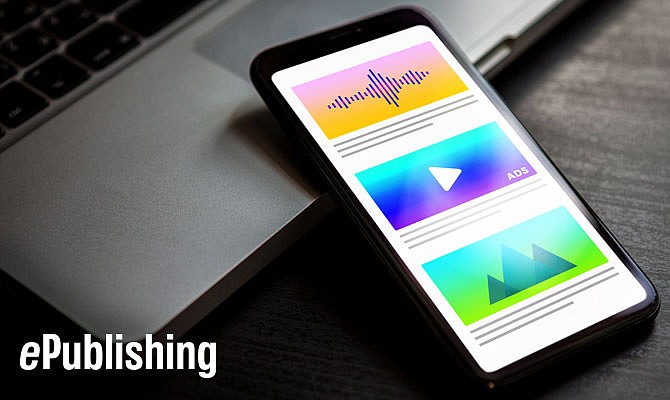
News
A Publisher’s Primer: Native Ads
October 8, 2013

News
October 8, 2013
You’ve heard the term, a lot. Native advertising is a reality. But as with many new “must have” tactics, we end up asking ourselves, “What exactly is it and how exactly should I be handling it?” That’s a good question, especially when the publishing world at large is still trying to define native advertising.
We’ve touched on native advertising in our discussions of content marketing: native advertising is advertising, in story form—providing useful content in the context of your site—without making an overt marketing pitch. In practice, however, there is a lot of gray area there and accepted standards for the media industry are evolving.
We know what it isn’t: a display or banner ad. And in fact, the rise of native advertising is due in part to the failure of banner ads on websites and mobile platforms. But from there, native advertising seems to take on a lot of forms -- blogs, video, slideshows, microsites or a whole amalgam of multimedia. Take time to familiarize yourself with the native continuum and native ads will start making sense.
Native ads are evolving; consider the three core types that Chris Lee of Deseret Digital Media has described:
Why Native Ads are Worth the RIsk
Again, banner ad performance is in decline for most publishers, and native ads offer an alternative for presenting branding with relevant, value-added content. For many, native advertising shows potential: 75% of the membership of Online Publishers Association currently use it and plan to do more in the future. So promising in fact, that the Federal Trade Commission has made moves to educate its staff and examine regulatory needs.
What is the promise? It’s an opportunity for publishers to expand the useful content they present and make money on it. For advertisers, it provides an opportunity to establish thought leadership on a topic while reaching a coveted, target audience.
Best Practices for Native Advertising
Despite its benefits, native advertising comes with risks:
Preserving reader trust is at the core of best practices for native advertising. You never want to deceive your readers, so it’s essential to make sure they know that the ad content is not editorial content.
Questions arise around the best way to do that and there are ample examples out there that span the continuum. The bottom line, however, is that you need to label native ads clearly and avoid opportunities for confusion.
To prevent native ads from diluting your brand: make certain that the content provided by or sponsored by advertisers is useful to your audience and complements the editorial content you already provide. Establish workflow or procedures to ensure alignment of the two types of content.
Some of the most successful publishers who use native advertising (like Forbes), established a separate brand content team to ensure the highest quality ad content is absolutely in alignment with the site’s editorial content. Forbes has applied a methodical and careful approach to this that they credit with extending their brand, from 12 million unique users to 25 million unique users over the last 3 years.
When you think about it from the standpoint of these two concerns, it comes back to one thing: quality content. If the content is strong and resonates with your readers, they won’t object to its marketing purpose (although they deserve to know the source).
Other Tips?
Rob O'Regan shared a few more tactics for effective native ads::
Three to Watch
QZ.com has been celebrated for its clean, elegant native ad methods.
Of course, we’ve mentioned them before, but Forbes has set the bar in numerous ways, with their BrandVoice program.
Praetorian Group, a digital only b-to-b publisher has also set a stellar example by balancing dense subject areas of content with product information. They’ve become really compelling to advertisers and have also earned the U.S. Chamber of Commerce’s Small Business of the Year award, in part due to that model.